I'm reading "The Art of Electronics" (3rd edition) by Paul Horowitz and Winfield Hill. In the 2nd chapter on BJT (page No. 79, section Emitter follower). The author says:
".. In general, the loading effect of the following stage causes a reduction of signal. For this reason, it is usually best to keep Zout << Zin (a factor of 10 is a comfortable rule of thumb)."
Here Zin and Zout are the input and output impedance os an emitter follower circuit.
My question is, isn't it desirable to keep output impedance more than the input impedance to prevent loading effects? For example, consider the following:
If RL << R2, the equivalent resistance of the lower part of the divider would go down and hence there would be a reduction in Vout with the load. Can anyone please explain what am I missing here? Thanks for your help.

